European Traveler's Guide to Nepal: Top Destinations and Must-See Attractions
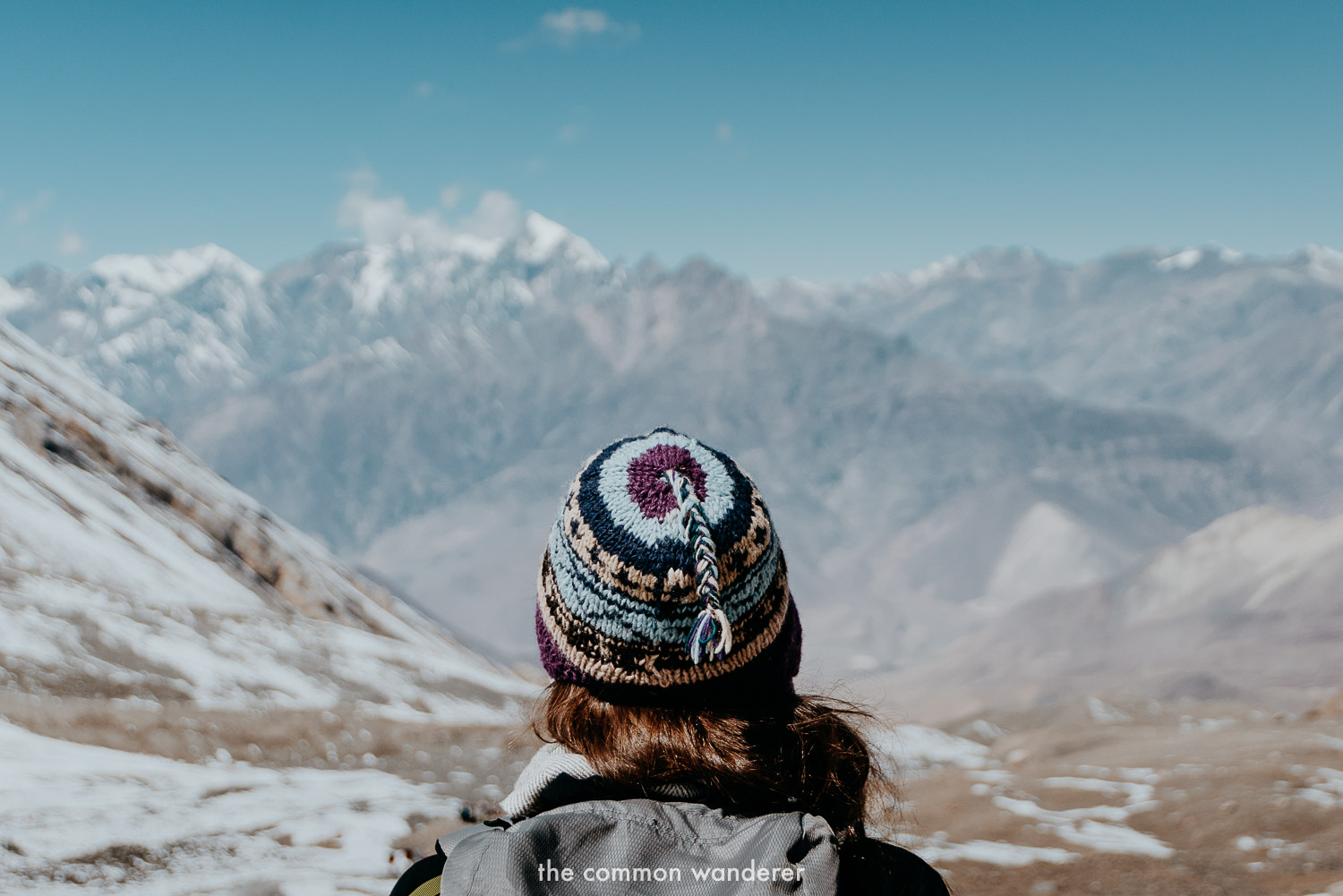
Introduction to Nepal's Rich Culture and History
A Brief Overview of Nepal's History
When you think about Nepal, what comes to mind? Perhaps it's the majestic Himalayas and the radiant culture. But beneath these wonders lies a history that is as vibrant and layered as the country's topography.
Nepal has a rich tapestry of historical events influenced by both its geographical significance and cultural interactions. From the ancient Malla kings, who ruled during the medieval period, to the unification led by King Prithvi Narayan Shah in the 18th century, each era contributed to shaping this remarkable nation. Key highlights include:
- Lumbini: The birthplace of Buddha, a UNESCO World Heritage site, illustrating the country’s deep spiritual roots.
- The Mughal Influences: Enriching the local architecture and cuisine through trade connections.
- The Rana Regime: Marking a period of isolation yet contributing to modern statehood.
Exploring Nepal's Diverse Culture
Nepal's culture is a beautiful mosaic of ethnicities, languages, and religions. It's this diversity that makes the country a compelling destination. With over 120 ethnic groups and more than 120 languages spoken, each region has its own unique flavour. You'll find:
- Hinduism and Buddhism: Interwoven traditions coexist harmoniously, evident in festivals and rituals.
- Vibrant Festivals: Like Dashain and Tihar, showcasing the celebratory spirit of the Nepali people.
- Art and Crafts: From intricate Thangka paintings to the magnificent wood carvings of temples, artisans keep age-old traditions alive.
Each interaction and every festival you witness enriches your understanding of what makes Nepal so captivating. It’s a journey through time and culture that feels both personal and profound, inviting you to share in its story.

Planning Your Trip to Nepal
Best Time to Visit Nepal
When planning your adventure in Nepal, timing is everything. The best times to visit are during the spring (March to May) and autumn (September to November). These seasons not only offer the most pleasant weather but also showcase Nepal's stunning natural beauty.
- Spring (March to May): This is the ideal season for trekking. The weather is mild, and the hills are blanketed with colourful rhododendrons in full bloom.
- Autumn (September to November): Clear skies and stable temperatures make this period perfect for trekking and sightseeing. The iconic views of the Himalayas will leave you in awe.
Should you choose to visit during the winter months (December to February), be prepared for chilly temperatures, especially in the mountains. The monsoon season from June to August could also impact travel plans due to heavy rainfall.
Visa and Entry Requirements
Now, let’s talk about getting into this remarkable country. Nepal offers easy entry for most travellers. Here’s what you need to know:
- Visa on Arrival: Available for citizens of 160 countries at major entry points.
- Requirements:
- Valid passport (with at least six months left before expiration)
- Passport-sized photo
- Visa fee (varies depending on the duration of stay)
It’s advisable to check the latest information on visa policies before you go, as requirements can change. When I travelled to Nepal, I found the visa process incredibly straightforward, allowing me to focus on enjoying my journey. By planning your trip during the right season and understanding the visa requirements, you will set the stage for an unforgettable experience in Nepal!
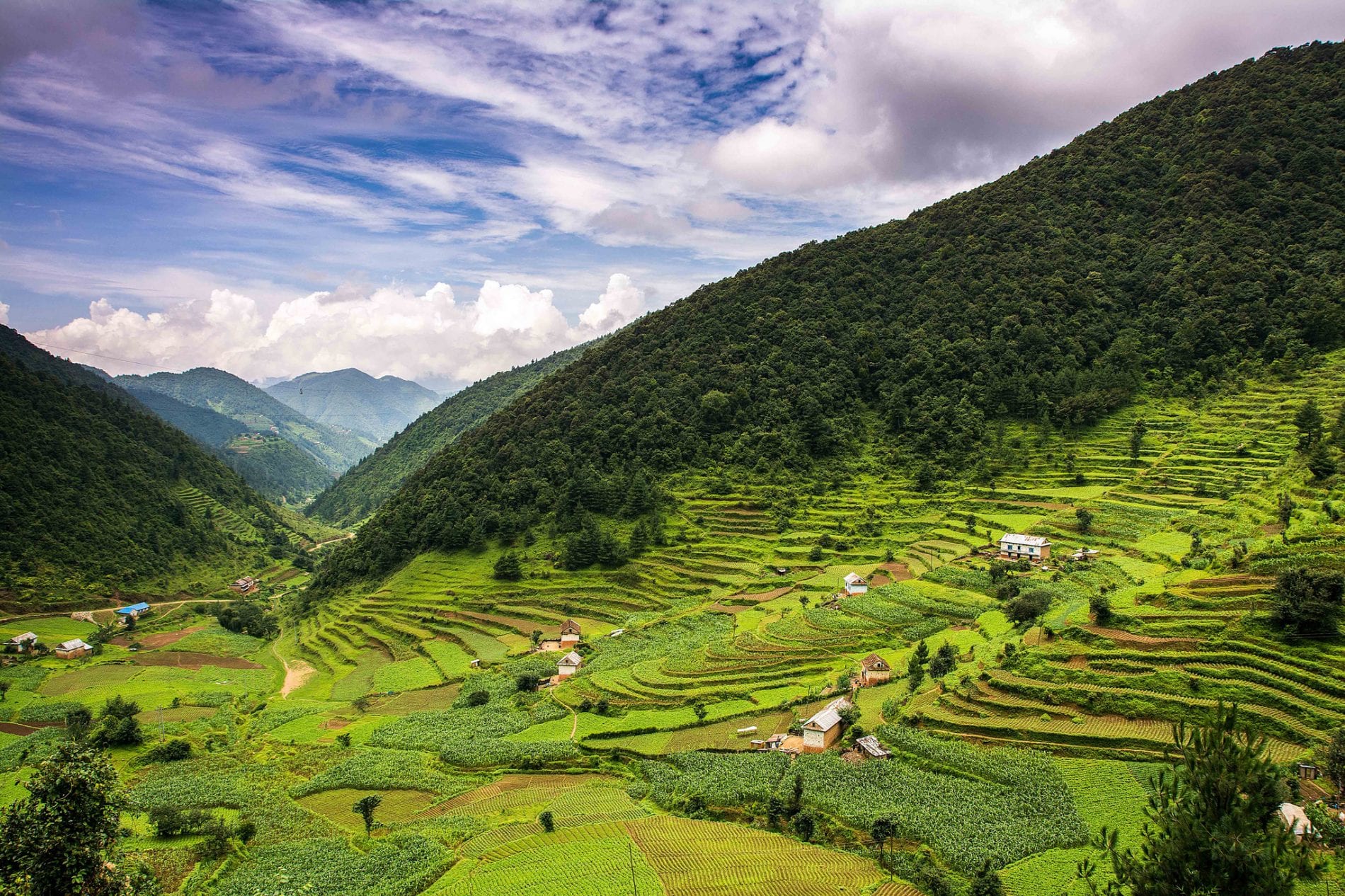
Top Destinations in Nepal
Kathmandu: The Capital City
Kathmandu, the vibrant heart of Nepal, is a city where history and modernity coalesce in fascinating ways. As you wander through its bustling streets, you'll be greeted by the sounds of temple bells, the aroma of spices, and the warmth of friendly smiles. You can easily spend days exploring its rich tapestry of culture. Key highlights of Kathmandu include:
- Durbar Square: A UNESCO World Heritage Site filled with stunning architecture, this area is a lively hub of culture and history.
- Swayambhunath Stupa (Monkey Temple): Climbing up the hill offers you a breathtaking view of the Kathmandu Valley, with the playful monkeys adding to the charm.
- Thamel: A favourite among travellers for its bustling markets, you can shop for unique souvenirs or simply enjoy a leisurely meal at a local eatery.
Each corner of Kathmandu tells a story, making it a must-visit for any traveller.
Pokhara: The Gateway to the Annapurna Region
Leaving the cultural maze of Kathmandu behind, your next adventure might lead you to the stunning city of Pokhara. Known as the gateway to the Annapurna region, it’s a treasure trove of natural beauty and outdoor activities. Here’s why Pokhara should be at the top of your travel list:
- Phewa Lake: Rent a kayak or simply enjoy the stunning reflection of the Annapurna mountain range on the serene waters.
- Sarangkot: A short hike or drive will take you to an incredible viewpoint, perfect for catching the sunrise over the Himalayas.
- Adventure Activities: From paragliding to mountain biking, Pokhara is a playground for adventure enthusiasts.
With its laid-back atmosphere and breathtaking scenery, Pokhara offers the perfect blend of relaxation and adventure, ensuring an unforgettable experience in Nepal.
Must-see Attractions
Mount Everest: The World's Highest Peak
No trip to Nepal is complete without a visit to Mount Everest, known locally as Sagarmatha. Standing tall at 8,848 meters, it offers breathtaking views that leave every visitor in awe. Whether you're an experienced trekker or a casual traveller, you can enjoy the magnificent vistas of Everest from various vantage points.
- Trekking Options: Consider the Everest Base Camp Trek for an up-close experience or take a scenic flight for a bird's-eye view.
- Personal Experience: I remember standing at Namche Bazaar, my heart racing as I caught my first glimpse of Everest. The sight was simply surreal!
Chitwan National Park: Discovering Wildlife in Nepal
For wildlife enthusiasts, Chitwan National Park is a paradise waiting to be explored. Home to an array of species, including the rare one-horned rhinoceros and Bengal tiger, Chitwan offers a unique peek into Nepal's diverse ecosystem.
- Safari Experiences: You can opt for jeep safaris or guided jungle walks to spot the incredible wildlife.
- Activities: Birdwatching and canoeing along the Rapti River are also fantastic ways to enjoy the park.
Each of these attractions provides unique experiences that reflect the beauty and wonders of Nepal, ensuring your journey is filled with unforgettable memories.

Activities
As you delve deeper into your adventure in Nepal, you're in for a treat with an array of thrilling activities that get your adrenaline pumping. From the majestic mountains to the roaring rivers, Nepal is a playground for adventure enthusiasts.
Trekking in the Himalayas
One of the most exhilarating experiences you can embark on is trekking in the Himalayas. The landscapes are breathtaking, and every step you take reveals a new postcard-perfect view. Popular trekking routes include:
- Everest Base Camp Trek: Follow in the footsteps of legendary climbers and witness the world's highest peak up close.
- Annapurna Circuit: This trek encompasses diverse terrains and offers glimpses into local culture and wildlife.
- Langtang Valley Trek: A slightly less crowded trail that showcases tranquil villages and beautiful glaciers.
During my trek to the Everest Base Camp, I was struck by the warmth of the local Sherpa people and the incredible sense of community along the trail. Each evening's shared dinner at a tea house after a long day of hiking was a highlight, filled with laughter and stories.
White-Water Rafting in Nepali Rivers
For those seeking a splash of excitement, white-water rafting in Nepali rivers should be at the top of your list. The rivers here offer thrilling grades for every skill level. Notable river options include:
- Bhote Koshi: Known for its thrilling rapids and stunning scenery, perfect for adrenaline junkies.
- Trishuli River: A great option for beginners and families, combining adventure with beautiful views.
Picture yourself paddling through roaring white waters, surrounded by lush green hills and the sound of nature echoing around you. I vividly remember my first rafting experience on the Trishuli—how exhilarated I felt when we conquered the rapids, all while sharing hearty laughs with my fellow rafters. Adventure in Nepal awaits, so gear up and get ready for an unforgettable journey!
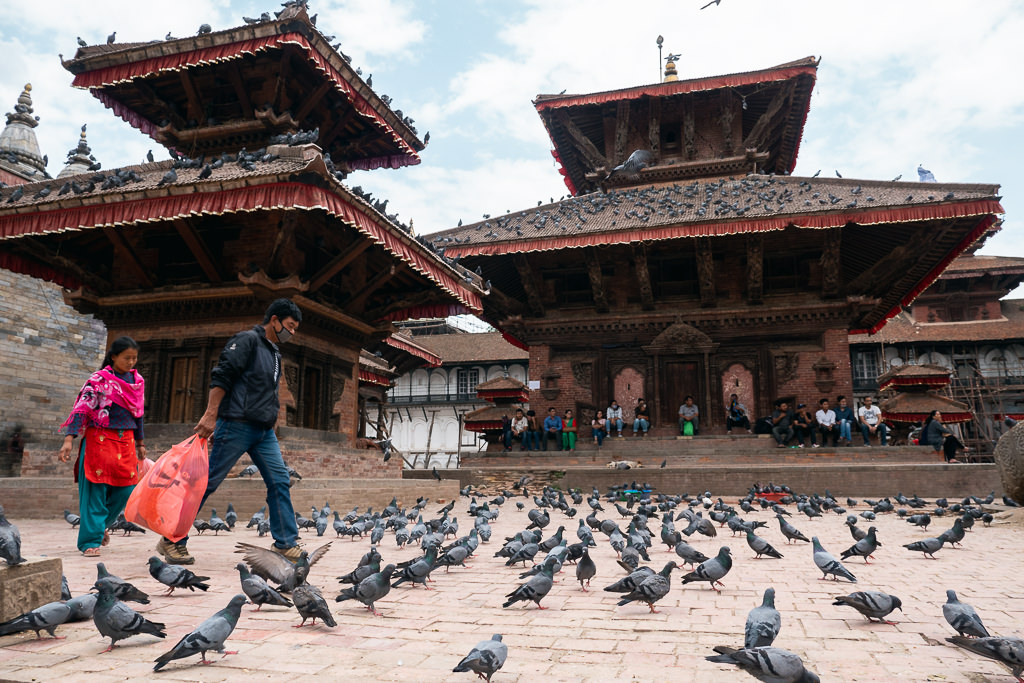
Cultural Experiences in Nepal
As you immerse yourself in the diverse landscapes of Nepal, don’t miss the chance to dive into the rich tapestry of its cultural heritage. Two of the most profound experiences you can have are visiting ancient temples and monasteries and participating in traditional festivals. These experiences will leave you with lasting memories and a deeper appreciation for Nepali culture.
Visiting Ancient Temples and Monasteries
Nepal is a treasure trove of stunning temples and monasteries, each echoing tales of its glorious past. Here are a few must-visit locations:
- Pashupatinath Temple: This sacred Hindu temple sits on the banks of the Bagmati River, offering not only spirituality but also a fascinating glimpse into local cremation rituals.
- Boudhanath Stupa: One of the largest stupas in the world, it’s a serene spot where you can engage in meditation and observe monks in prayer.
- Swayambhunath (Monkey Temple): With its panoramic views of Kathmandu, this UNESCO World Heritage site leads you through a labyrinth of ancient shrines and statues.
Each temple and monastery reveals something unique about the locals’ spiritual life and architectural prowess.
Participating in Traditional Festivals
Nepal’s festivals are vibrant celebrations of culture, filled with joy, colour, and tradition. If you’re lucky enough to visit during the festival season, be prepared for an unforgettable experience! Here are a couple of notable festivals:
- Dashain: This is the country’s biggest festival, celebrating the victory of the goddess Durga over the buffalo demon. Families come together, exchanging gifts, feasting, and sharing in the deep connections of family and community.
- Tihar: Known as the festival of lights, it’s similar to Diwali. Houses are decorated with colourful lights, and the worship of animals greatly accentuates this festive spirit.
Participating in these festivals not only immerses you in the local culture but also allows you to forge connections with the warm-hearted Nepalis who are eager to share their traditions with visitors. From the mesmerizing rituals to the delicious food shared among friends and family, these cultural experiences will surely enrich your journey in Nepal.

Nepali Food
After immersing yourself in the rich cultural experiences and breathtaking landscapes of Nepal, it’s time to savour the flavours of its diverse cuisine. Nepali food is a delightful surprise, reflecting the country’s ethnic diversity and geography.
Trying Authentic Nepali Dishes
No trip to Nepal is complete without trying its famous dishes. Start with Dal Bhat, a hearty meal of lentil soup and rice, often served with seasonal vegetables and pickles. It’s not just a meal; it’s a daily ritual for many Nepalis! Other must-try dishes include:
- Momo: These steamed dumplings filled with meat or vegetables are a flavorful street food staple.
- Newari Cuisine: If you’re feeling adventurous, sample the spicy and rich dishes of the Newar community, like Yomari and Bara.
- Thukpa: A warming noodle soup, perfect after a long trek in the Himalayas.
Each bite tells a story of the local traditions, making it an experience to cherish.
Exploring Local Food Markets
For a richer gastronomic experience, wander through local food markets. The bustling Asan Market in Kathmandu is a sensory delight. Here are a few highlights you won’t want to miss:
- Colourful spices and fresh produce
- Local snacks like Chura (beaten rice) and fryums
- Street vendors cooking up hot plates of Chatamari (rice crepes)
Engaging with local vendors not only satisfies your taste buds but also provides insight into the everyday lives of Nepalis. So grab a friend, explore these culinary hotspots, and snack your way through the vibrant streets of Nepal!
Accommodations
Luxury Resorts in the Himalayas
For those seeking a bit of pampering amidst the stunning mountainous landscape, luxury resorts in the Himalayas provide the perfect escape. Picture waking up to panoramic views of snow-capped peaks while enjoying a gourmet breakfast on your private balcony. Some top choices include:
- Ananda in the Himalayas: This wellness resort offers holistic treatments and stunning vistas.
- The Dwarika's Resort: Nestled in Dhulikhel, it combines traditional architecture with contemporary luxury.
- Tiger Mountain Pokhara Lodge: Offering an intimate experience, this lodge boasts outdoor activities and lavish amenities.
Staying at these resorts not only elevates your trip but also ensures you have the comfort you need after a day of exploration.
Budget-Friendly Guesthouses in Popular Tourist Areas
On the flip side, if you're travelling on a budget, you're in luck! Nepal is filled with affordable guesthouses that provide a genuine taste of local hospitality. Many travellers, including myself, have enjoyed the warmth and charm of these establishments. Here are some reliable options:
- Hotel Moonlight in Thamel, Kathmandu: A popular choice for backpackers, it's clean and offers a lively atmosphere.
- Pokhara Eco Resort: Located near the lakeside, it’s perfect for those who want to experience nature without breaking the bank.
- Namaste Lodge in Bandipur: A cosy family-run guesthouse that gives you a slice of village life.
These budget-friendly options often come with communal spaces, allowing you to connect with fellow travellers and share stories. Whether you're indulging in the luxury of a mountain resort or enjoying the simplicity of a guesthouse, Nepal has accommodation options to suit every type of traveller. Your choice will greatly enhance your overall experience in this enchanting country!
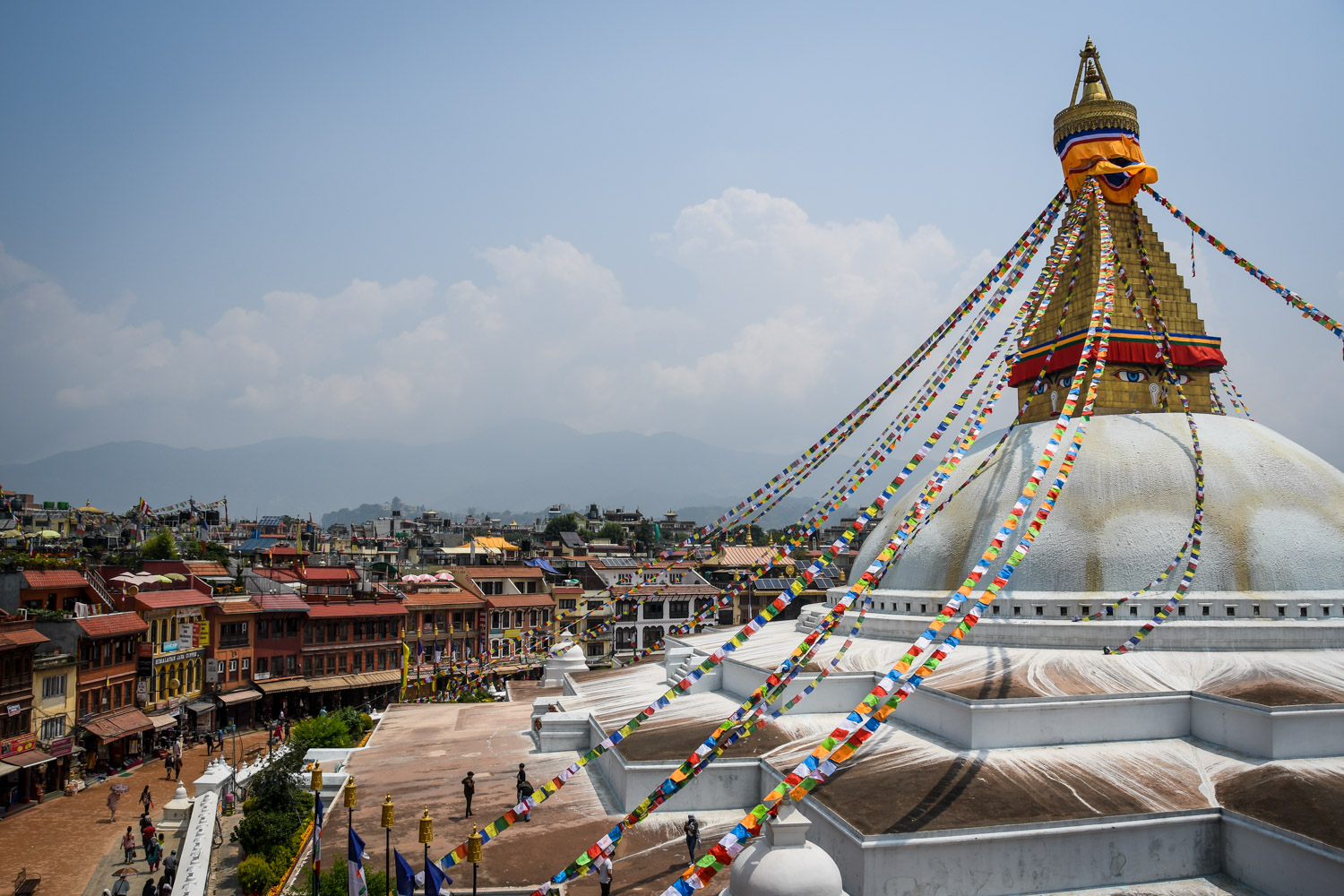
Safety Tips for Traveling in Nepal
Altitude Sickness Prevention
When setting off on your Nepali adventure, it's crucial to consider altitude sickness, especially if your itinerary includes trekking or visiting high-altitude areas like the Everest Base Camp. Like many travellers, I learned this the hard way during my first trek in the Annapurna region. I felt dizzy and had a mild headache, which quickly reminded me of the importance of acclimatization. To prevent altitude sickness, follow these tips:
- Ascend Slowly: Aim to increase your altitude by no more than 300 to 500 meters per day.
- Stay Hydrated: Drink plenty of water to keep your body hydrated. Herbal teas are great, too!
- Eat Light: Opt for lighter meals when ascending to reduce your body's workload.
- Listen to Your Body: If you feel unwell, don’t hesitate to descend to a lower altitude.
By taking these precautions, you can significantly reduce your risk of altitude sickness and enjoy the breathtaking views that Nepal offers.
Local Customs and Etiquette
Understanding local customs is essential to ensuring a respectful and enjoyable trip. In Nepal, gestures of politeness can go a long way, and interactions with locals can often enrich your experience. Here are some key points to keep in mind:
- Greetings: A friendly “Namaste” with your palms pressed together is how locals greet each other.
- Footwear: Remove your shoes before entering homes and temples; it's a practice rooted in respect.
- Dress Modestly: While trekking, it's acceptable to wear shorts, but when visiting temples, long pants and covering your shoulders are advisable.
- Photography: Always ask permission before photographing people, especially in rural areas or during religious ceremonies.
By embracing these customs and being aware of local etiquette, you'll not only enrich your travel experience but also foster positive connections with the Nepali people.
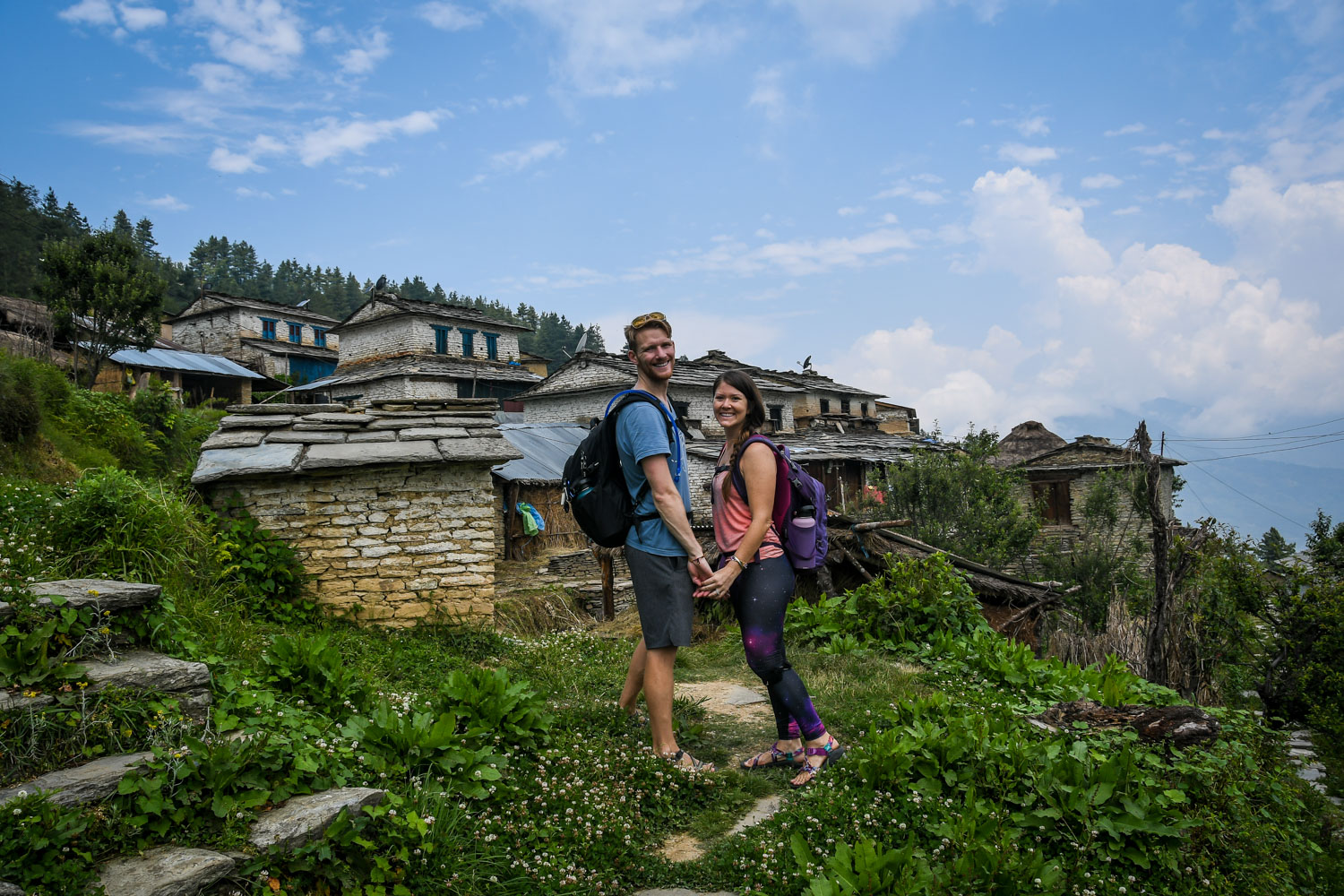
Sustainable Travel in Nepal
As you explore the breathtaking landscapes and vibrant cultures of Nepal, it’s essential to consider how your travel choices impact local communities and the environment. By adopting sustainable travel practices, you can ensure that your journey benefits not only yourself but also the people and ecosystems around you.
Supporting Local Communities
One of the most rewarding aspects of travelling in Nepal is the opportunity to support local communities directly. Here are a few ways you can make a positive impact:
- Buy Local: When purchasing souvenirs, choose handmade items from local artisans instead of mass-produced goods. Not only does this provide a fair income to the craftsmen, but it also allows you to take home a unique piece of Nepalese culture.
- Eat Local: Dining at local eateries rather than international chains not only offers you authentic cuisine but also helps local families sustain their businesses.
- Participate in Community Projects: Look for tours that incorporate community service or participatory activities, such as local farm stays or cultural exchange programs.
Responsible Trekking Practices
Trekking is undoubtedly one of Nepal's biggest draws, and it’s crucial to do so responsibly. Here’s how you can trek while minimizing your footprint:
- Stick to Trails: Always stay on designated paths to prevent soil erosion and protect local flora.
- Leave No Trace: Bring back what you take—pack out trash, and avoid picking plants or disturbing wildlife.
- Hire Local Guides: Opting for local guides not only supports the economy but also provides you with insightful knowledge about the region.
By consciously supporting local communities and practising responsible trekking, you contribute to the preservation of Nepal's natural beauty and cultural heritage while enriching your own travel experiences.
